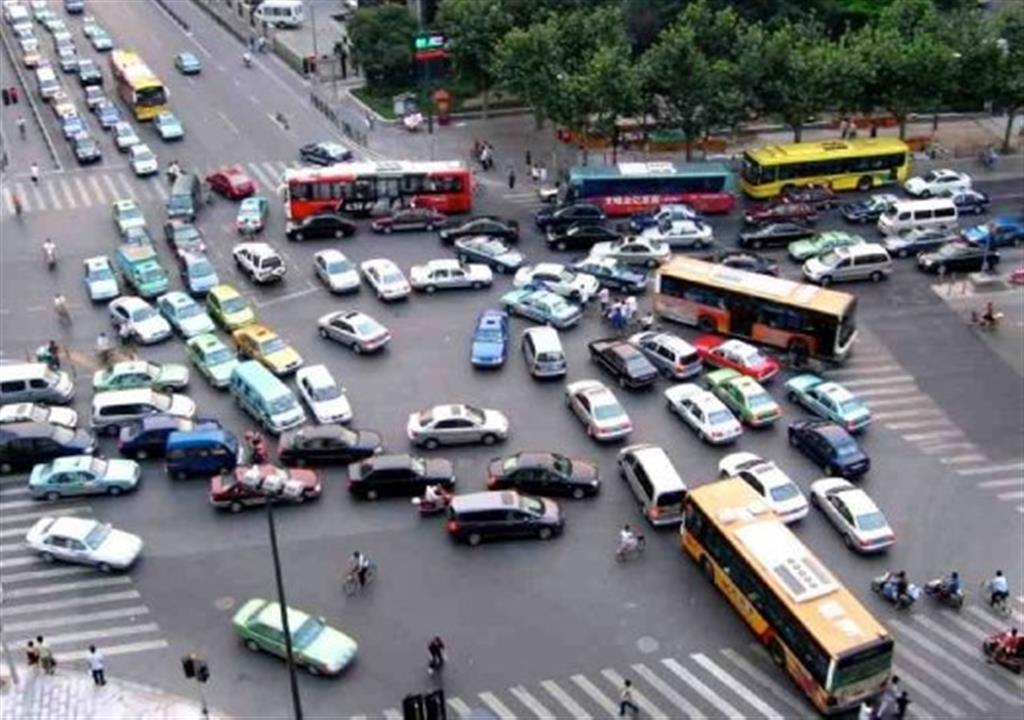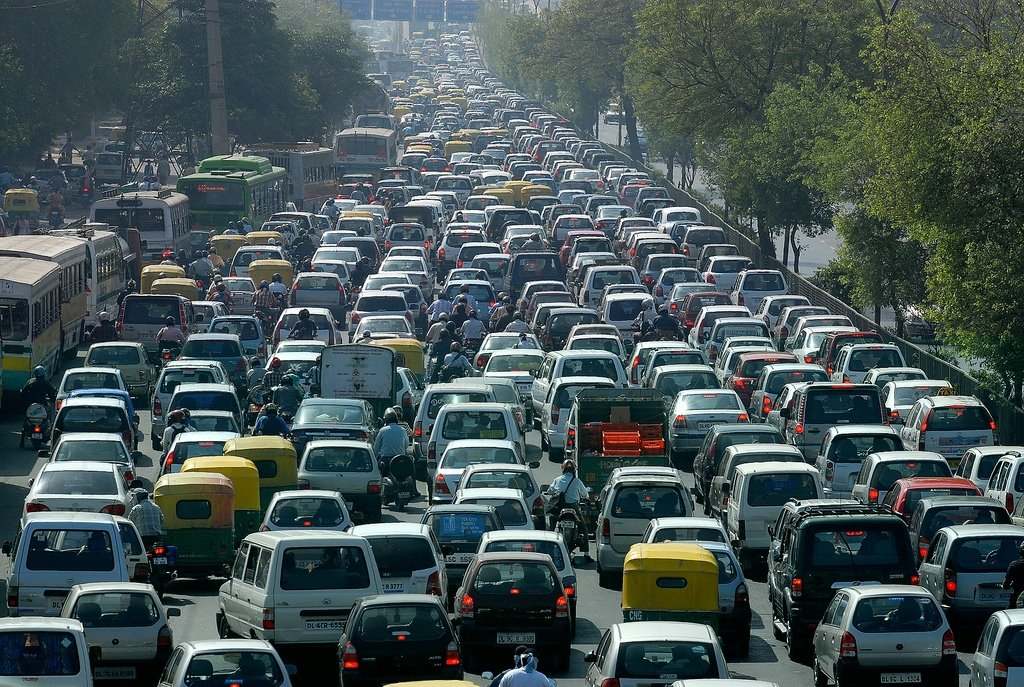From a national perspective, the development opportunity along the 5 Industrial Corridors namely the Delhi-Mumbai Industrial Corridor (DMIC); Bengaluru- Mumbai Economic Corridor (BMEC); Chennai-Bengaluru Industrial Corridor (CBIC); Visakhapatnam-Chennai Industrial Corridor (VCIC) and Amritsar-Kolkata Industrial Corridor (AKIC) has caught the attention of the global development community as it has attracted major financial commitments from Japan, China, Korea, World Bank, Asian Development Bank. However, it could end up either as a boon or bane in terms of how development is allowed to take shape along it. Add to that, the top 30 Indian cities are already implementing some form of Rapid Transport Systems be it a Metro, Bus-Rail, Light Rail, Monorail, Train and Tram services to move the vast number of inhabitants from one place to the other within the city itself, as well as ease the pressure on the internal road infrastructure; which in many of these cities has reached critical limits for expansion and the amount of traffic it can handle. Obviously, these developments too present opportunities for building development, given that most of the cities implementing these projects want to recover cost of the land acquisition by granting super development rights to private enterprise - for a fat charge.
Now for some fun facts that I learned from an Authority on Transportation**.
 |
| Pic Credit: Motorbeam |
As on date INDIA has some 3 km of Mass Rapid Transit System per million people as against 12 km in Brazil, and 70 km in France. China has some 9 km but at the rate at which it is adding, the number will change to double by 2020. A City like Mumbai has over 2000 km of motor-able roads (whatever that means given its state) that are close to density saturation, that is, with just 5% of its population using any form of private motor vehicle including the 2 wheeled ones. Ah! It does have the highest vehicle density per km of road, but the best part is that with some 2.7+ million vehicles today, Mumbai does not even make it to the top 5 in India in terms of vehicle population. In any event, the situation will just get worse with some 200,000 (average) new registrations each year in the Greater Mumbai zone.
 |
| Pic Credit: Motorbeam |
Let's first define what constitutes a TOD:
"A transit-oriented development (TOD) is a mixed-use residential and commercial area designed to maximize access to public transport, and often incorporates features to encourage transit ridership while dissuading the ownership of automobiles.[1] A TOD neighborhood typically has a center with a transit station or stop (train station, metro station, tram stop, or bus stop), surrounded by relatively high-density development with progressively lower-density development spreading outward from the center. TODs generally are located within a radius of one-quarter to one-half mile (400 to 800 m) from a transit stop, as this is considered to be an appropriate scale for pedestrians, thus solving the last mile commute problem."
| Pic Credit Times of India |
The definition of TOD includes "mixed use residential" and not mixed use as commonly understood. It means that for creating the required diversity essential for an eco-systems to thrive, the residential component itself would consist of mix use which include the Economically Weaker sections (EWS), Low Income Groups (LIG) and Middle income Group (MIG) populations. Fortunately, there is no difference of opinion on this definition within our planning community either, and most TOD areas have been zoned with a higher than normal build density to make the land cost in the high real estate cost environment of most Indian cities economically viable for building for the lesser affording groups. However, having done their fair bit, the nodal agencies would, in a true sense of Public-Private partnership, entrust the job of executing the plans to private developers, for whom the definition of EWS in their own sense stands for "Richie Rich - the poor little rich boy". Higher density development means more profits at the highest price a unit can command in the area, and often enough, the TODs are planned in some of the most expensive real estate on earth. Would it be any different if executed by the Public sector enterprise? Not impossible, despite the obvious red flags that one has come to associate with its ability to deliver the same.
Answers are tough, but the need is real, especially with India staring at an astronomical proportion of its population dreaming of living in urban forests. There are sane voices that say that SMART cities should be planned on TOD principles minus the automobiles, and saner voices calling for de-motorization of the big 10 cities by diverting money from building additional roads, bridges and by-passes to investing in more public transport infrastructure - along with setting up a comprehensive TOD guideline for high density vertical build structures; at the same time, decreasing or keeping at par the build density in other areas.
Elsewhere in the developed world, self-driven - eco-friendly fuel powered - micro vehicles are being thought of as people movers; and, it has my vote for the transportation planning of SMART cities. For larger cities, I guess each has its own unique problem based on geography, and a one stick rule may not necessarily work. Having said that, the principles of TODs for public good can only be successfully achieved at a much lower level of corruption. Going by the current situation, it would end up creating a bigger and more unmanageable monster city.
** Ms Shreya Gadepalli - Director South Asia - Institute for Transportation and Development Policy.
No comments:
Post a Comment